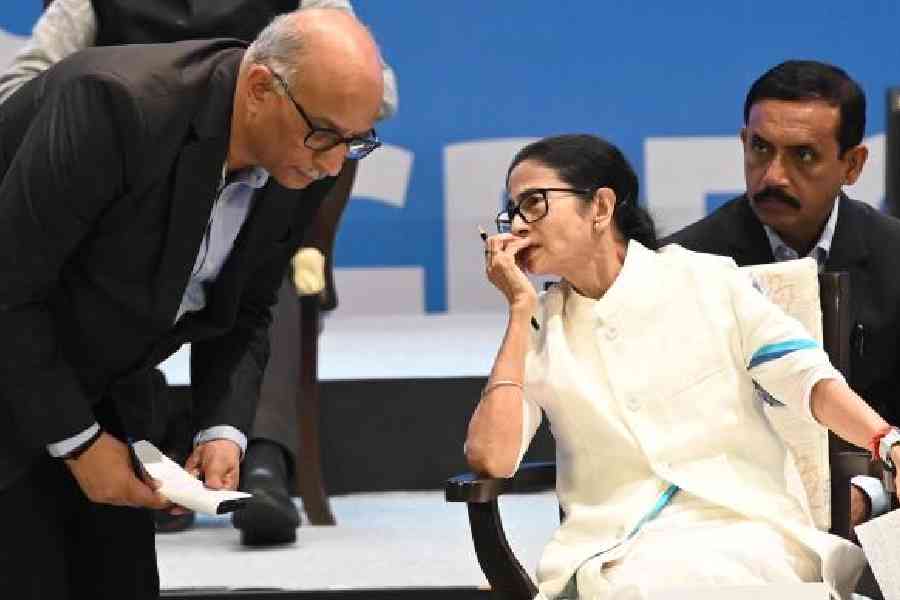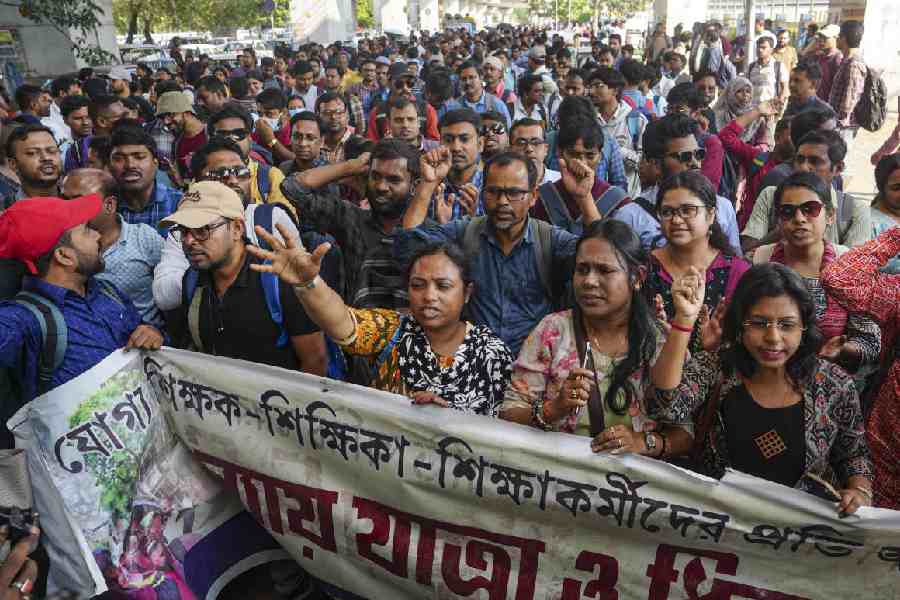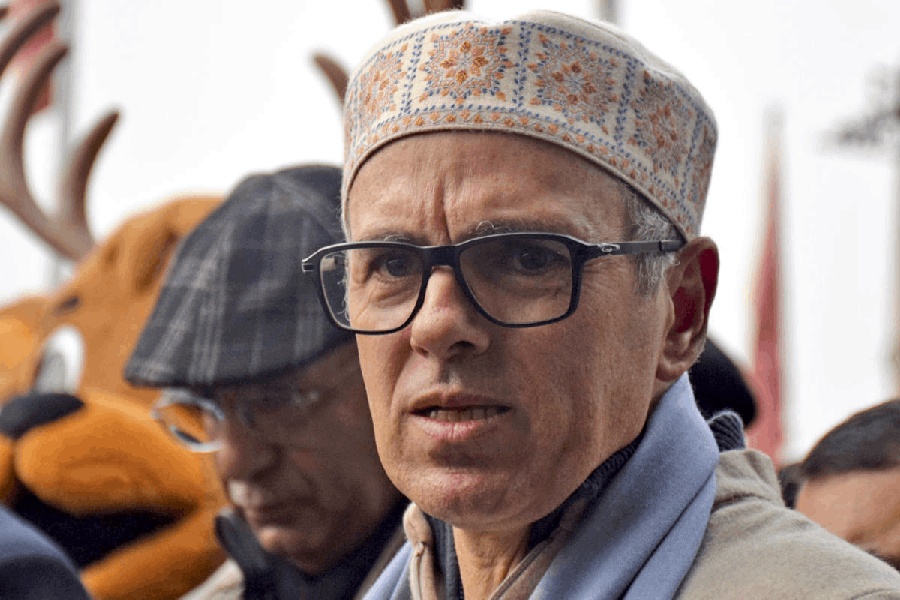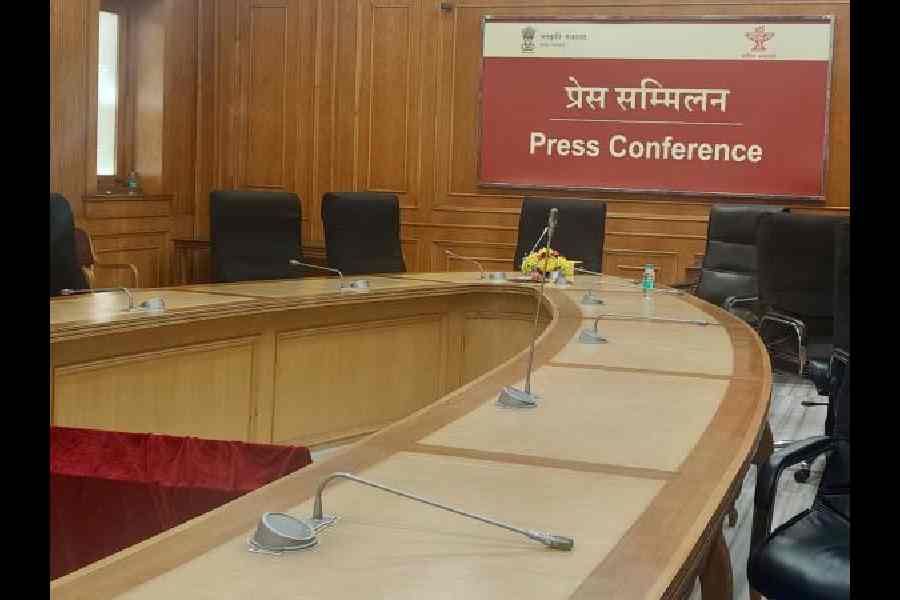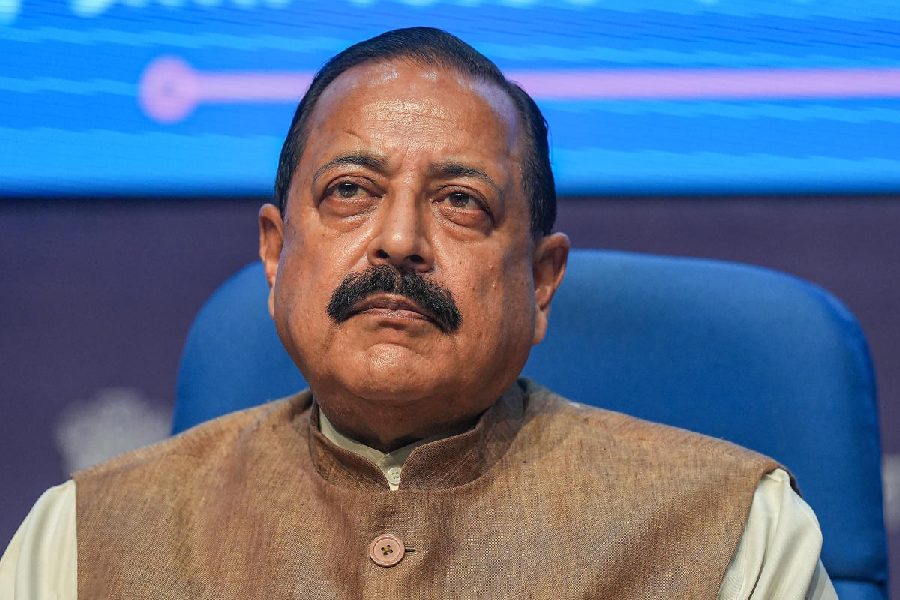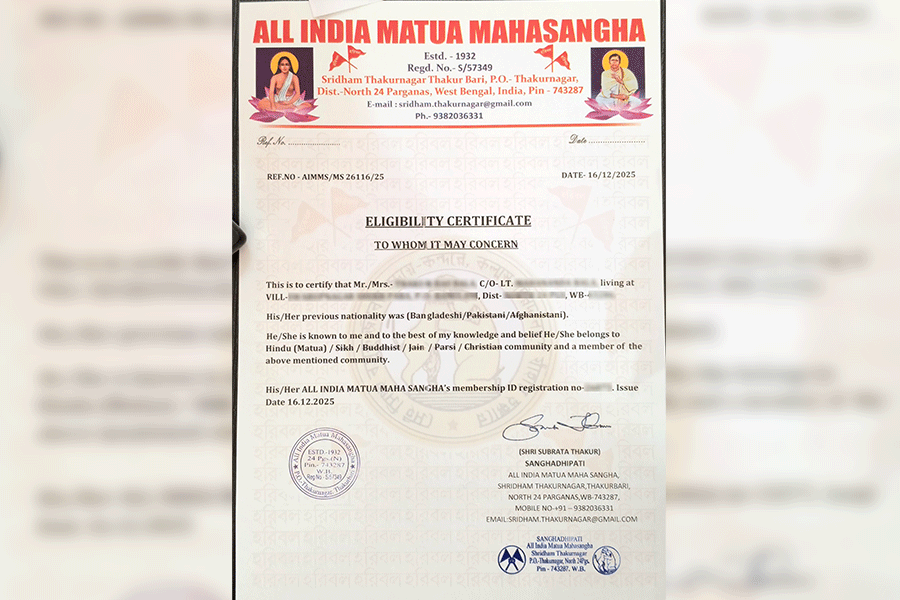Contesting Marginality:
Ethnicity, Insurgency and Subnationalism in North-East India
By Sajal Das,
Manohar, Rs 795
This book provides an account of the political movements involving the tribal communities of north-east India ? the Nagas, Mizos and Meiteis. Sustained insurgency and the demand for secession finally earned them statehood within the Indian union but not independence, which was their professed goal. The secessionists defend themselves saying that the Naga and Mizo hills, and Manipur were never a part of India until the British conquered them and that the tribes had nothing in common with Indians.
The author says that although historical compulsions, physical and numerical weakness, the inability to withstand hostile attacks and the search for safe shelter pushed the Nagas and Mizos into the hills, they were still dependent on the plains for sustenance. The tribes would come down to the plains at the foothills to barter their forest, agricultural and handicraft products for silk, iron and the like, not available in the hills. The plains were also their targets when it came to raids, kidnappings and procuring slaves.
Sajal Das observes that the integration of the distinct tribal economy of the Nagas and Mizos into the greater colonial economy heralded the advent of a modern economy in the region. Prior to such a system, they operated in a primitive economy ? the Mizos cultivated rice and hunted ? practising a primitive form of collectivism in production and in consumption.
In Manipur too the advent of colonialism brought about a change in every sphere of life. The land system introduced by the British was qualitatively different from the pre-colonial one. It involved a thorough monetization, commercialization of agriculture and private land ownership. Meanwhile, the introduction of English education among the leading tribes, calculated to serve imperial strength, also helped the growth of a modern middle class. Das points out that ?The British emphasis was on structural detribalization while encouraging the retention of tribal way of life at a superficial level.?
The eligibility of the Nagas for statehood remained a controversial issue for a long time. Das refers to the radical scholars who labelled the Naga movement a struggle against state suppression and made a case for the Naga right to self-determination. They reject the theory that the Naga struggle was secessionist, inspired and aided by foreign missionaries who have been exploiting the hill people. They argue that the Nagas have many features that make a nation: common descent, distinct territory, similar political and economic systems, patterns of life, customs and traditions, and a psychological structure on which a shared culture is based.


